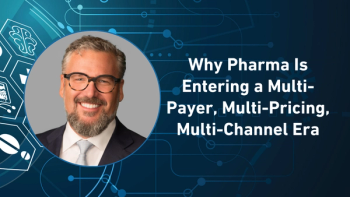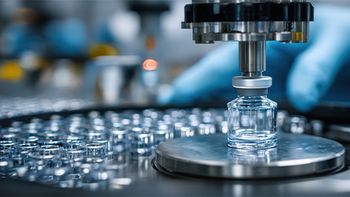
Does e-prescribing affect market share? IMS Health says yes
Updated study probes details of the anti-cholesterol market in 2011-12
E-prescribing—rather than writing scrips that patients take to the pharmacy—is being used by the majority of physicians, according to data by
According to a white paper just published, a review of the anti-cholesterol market during January 2011 to December 2012 shows that e-prescribing is more pronounced among top-decile prescribers, and that while the number of prescribers going electronic increased at double-digit rates for low-decile prescribers, they were flat or slightly declining for top-decile ones. “Most high-volume prescribers have been e-prescribing for some time,” notes Chris Blenk, a senior principal in IMS Health’s Commercial Effectiveness Practice, and one of the authors of the report. “While slightly more than 50% of physicians we studied use e-prescribing, they are responsible for nearly 90% of the prescriptions filled in this category.”
Additionally, the data show that when a generic is introduced (as was the case in 2011, when Pfizer’s Lipitor [atorvastatin] went off-patent), e-prescribers switched to generics more rapidly than traditional prescribers. “Generally speaking, generics fare better in an e-prescribing environment, and branded products worse, due to stricter generic-switching policies by many payers,” says Blenk. E-prescribers chose non-atorvastatin generics 55.1% of the time, versus 52.8% for traditional prescribers, and generic atorvastatin 19.3% of the time, versus 19.0% for traditional. Further, there are signs that among branded products, some fare better with e-prescribing, and some worse. There can be a variety of reasons for this; Blenk says that pharma manufacturers generally need to be aware of how their drugs are presented in e-prescribing systems, particularly with how clinical information is presented, and how accurate payer coverage is reported.
Newsletter
Stay ahead in the life sciences industry with Pharmaceutical Commerce, the latest news, trends, and strategies in drug distribution, commercialization, and market access.




